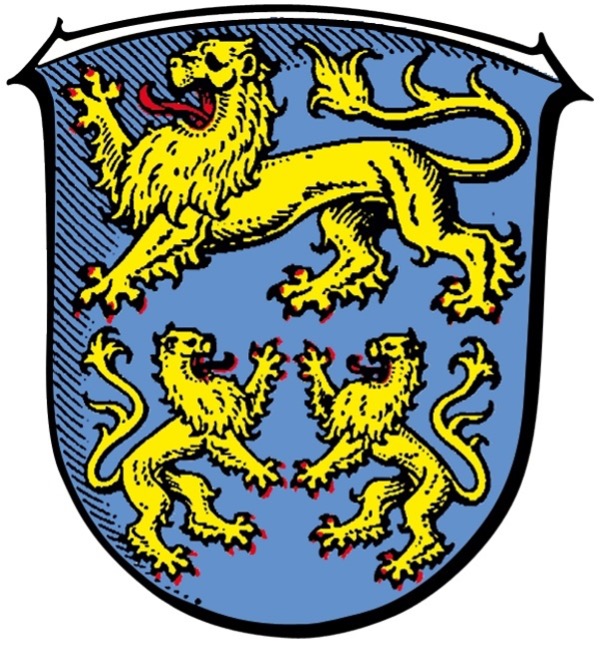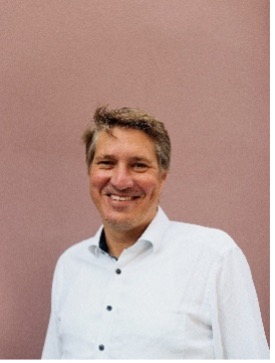Homberg an der Efze
Germany

Where Hesse decided in favour of the Reformation
Homberg (Efze) is today the district capital of the northern Hessian district of Schwalm-Eder. Located at the centre of the triangle formed by Marburg, Wartburg Castle and Kassel, Homberg played an important role in the history of the Reformation.
After the first Imperial Diet in Speyer in 1526 granted the Imperial Estates the right to proceed with the reform of the Church ‘as each one hopes and believes he can answer to God and the Imperial Majesty’ until a council or national assembly was convened, the Hessian Landgrave Philip the Magnanimous invited the estates, the clergy of the country and the representatives of the monasteries to a ‘friendly and Christian discussion’ in Homberg. The assembly, which went down in history as the Homberg Synod, introduced the Reformation in the Landgraviate of Hesse.
François Lambert of Avignon, a former Franciscan monk from southern France, wrote 158 theses in Latin on behalf of the Landgrave – the so-called ‘Paradoxa’ – which he presented to the synod over several hours. The Marburg reformer Adam Krafft then translated the most important theses into German and confirmed that they were in accordance with the Holy Scriptures. Only the guardian of the Marburg Franciscan convent, Nikolaus Ferber, opposed this, denying the assembly and the Landgrave the right to decide on ecclesiastical matters.
Landgrave Philip had already made initial decisions on the introduction of the Reformation. In his police regulations issued in 1524, he decreed that the Gospel should be preached ‘pure and unadulterated,’ and in 1525 he pushed ahead with the introduction of the Reformation by appointing Adam Krafft as Protestant preacher and landgrave’s visitor.
The Homberg Synod decided to draw up a church constitution for the Landgraviate, which was written by François Lambert of Avignon under the title ‘Reformatio ecclesiarum Hassiae’, meaning ‘Renewal of the Hessian Churches’. This provided for the establishment of the church from the parishes and annual provincial synods. The pastors were granted the title “episcopus”, meaning “bishop”. To implement the Reformation, the church order also provided for the establishment of a university with a scholarship institution for students, the introduction of a Poor Box and the founding of schools for boys and girls, as well as the dissolution of monasteries.
Although Landgrave Philip did not publish the Reformatio after serious reservations on the part of Martin Luther, he implemented the measures of this church order in the following two years, including the founding of the University of Marburg as the first Protestant university and the dissolution of the monasteries in favour of high hospitals for the free care of the poor and sick. As an expression of the universal priesthood, synods were held regularly in Hesse from then on.
The Homberg Synod and the resulting ecclesiastical structural development in the Landgraviate thus represented a unique feature in the history of the Reformation. The Homberg Synod combined elements of academic disputation, a synod of clergy and a provincial parliament in a territorial state. In doing so, Landgrave Philip the Magnanimous went beyond the approaches of the religious discussions in the free cities.
It is also noteworthy that the introduction of the Reformation in Hesse by the Homberg Synod should not only be seen in the context of the developments in imperial law after the first Diet of Speyer, but also, thanks to the special role played by François Lambert of Avignon, took into account the European dimension of the Reformation movement from the very beginning.
In the Protestant town church of St. Mary’s, which stands elevated on the market square in Homberg’s old town, a stained glass window commemorates the fact that the Homberg Synod took place there. It is also called the Reformation Church of Hesse.

Dr. Nico Ritz
Mayor of the town of Homberg (Efze)
In 2026, we want to use the anniversary of the Homberg Synod to convey the epoch-making significance of this event to people both inside and outside Hesse. We will commemorate the Homberg Synod and its impact in a variety of ways that will appeal to the public.

